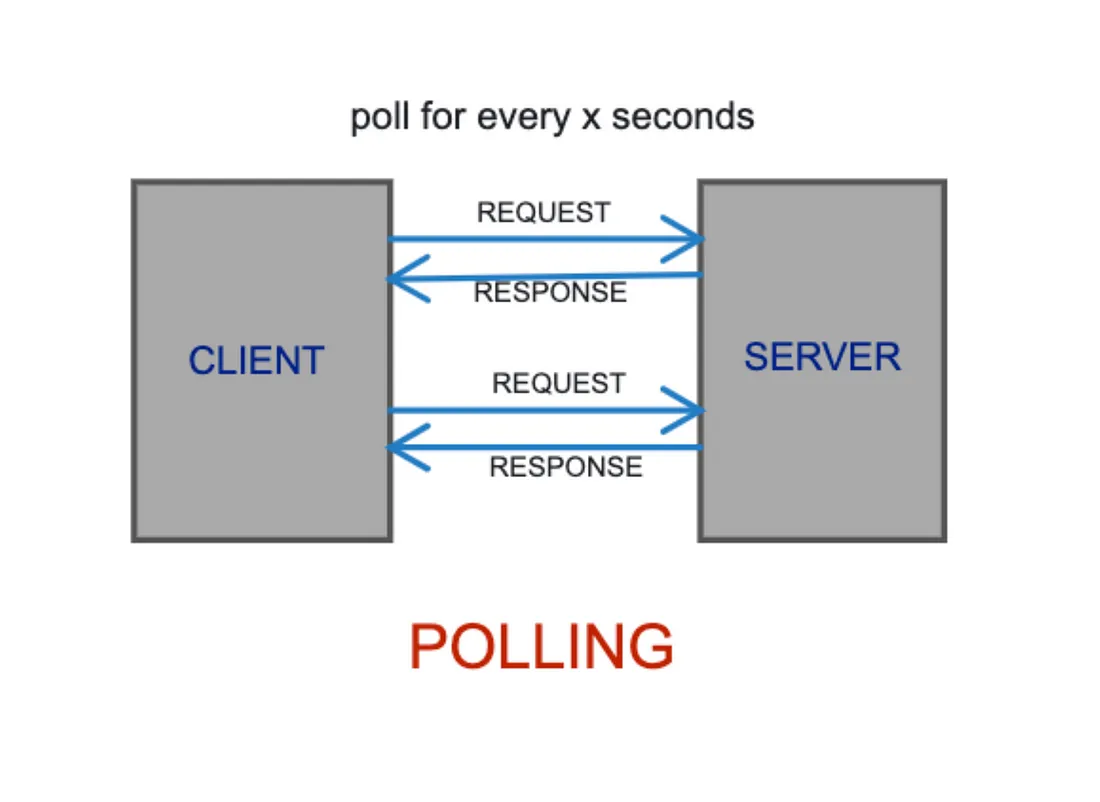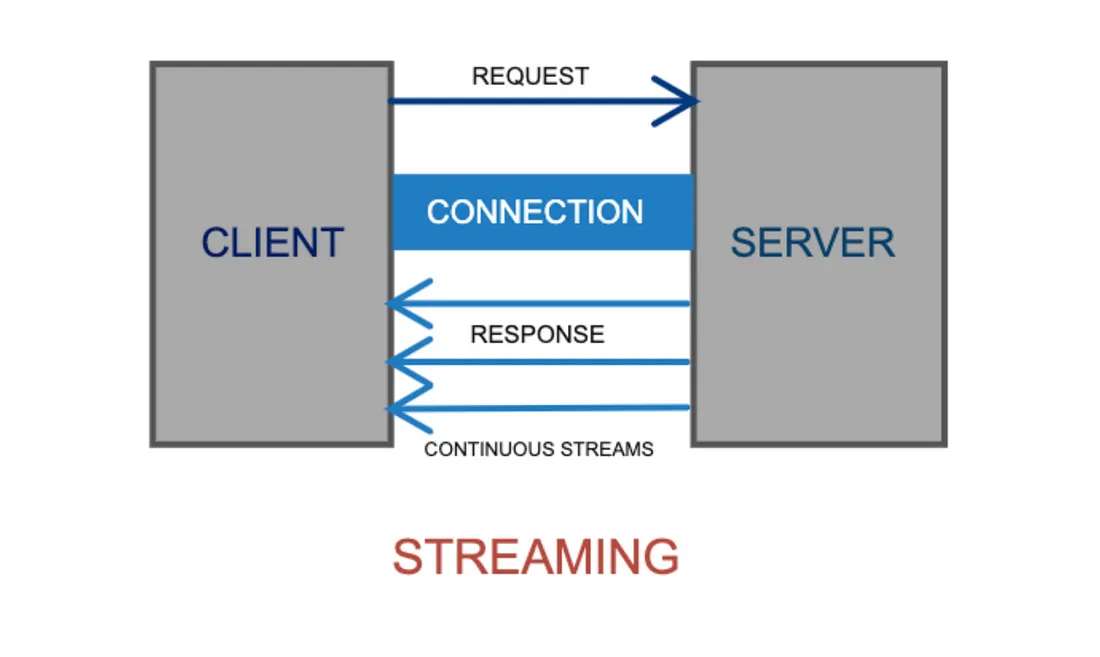Streaming vs Polling for Feature Flags: A Deep Dive on the Pros and Cons
Introduction
Feature flags are a crucial part of today's software development, giving developers the power to control new feature releases independently of code changes. But how these flags get updates to users—whether through polling or streaming—can greatly affect how efficient and responsive the process is.
There are plenty of open-source feature flag tools out there, each handling updates in their different way. For instance, Unleash keeps it simple with polling, focusing on ease of use. Meanwhile, tools like FeatBit and Flagsmith offer both polling and streaming options, providing a more comprehensive toolkit.
In this deep dive, we'll explore the pros and cons of both polling and streaming methods to help you make an informed decision based on your application's specific needs.
Polling

Polling involves clients making periodic requests to the server at fixed intervals to retrieve the latest flag values. This method is characterized by its simplicity and ease of implementation, with clients only requiring logic to poll the server at set intervals.
Pros of Polling
- Simplicity: Implementation of polling logic is relatively straightforward, making it accessible for developers.
- Fault Tolerance: If a client misses any updates for some reason, it can retrieve the latest values on the subsequent poll.
- Server Efficiency: Polling places less burden on the server, as connections are short-lived.
Cons of Polling
- Resource Drain: Frequent polling can lead to increased battery and bandwidth usage, particularly on mobile devices.
- Risk of Delays: If the polling interval is too long, there is a risk of delays and serving stale data to clients.
- Connection Overhead: Repetitive roundtrip connections and SSL handshakes can create significant overhead, especially at scale.
For instance, LaunchDarkly initially utilized polling for delivering feature flags. However, as their flag volume increased, the associated overhead became a concern, prompting them to explore alternative approaches.
Streaming

In contrast, streaming involves clients establishing continuous connections to the server, which then pushes flag updates to clients as soon as changes occur.
Pros of Streaming
- Real-time Updates: Changes are pushed instantly to clients, providing near real-time flag updates.
- Bandwidth Efficiency: Once connected, streaming requires less bandwidth compared to repetitive polling.
- Continuous Data Needs: Well-suited for applications requiring continuous, real-time data updates.
- Fewer disruptions: Make changes without disrupting the user experience. Reduce downtime, minimize bug risk, and more.
Cons of Streaming
- Complexity: Building, scaling, and managing long-lived connections can be more complex compared to polling.
- Internet Reliability Issues: While streaming offers low latency, it is still subject to the inherent reliability challenges of internet connections.
- Overkill for Many Applications: Streaming may introduce unnecessary complexity for applications that do not demand continuous real-time updates, such as standard websites.
LaunchDarkly, adapting to evolving needs, eventually transitioned to a custom streaming architecture to provide faster flag updates.
Key Considerations
The polling vs. streaming debate lacks a one-size-fits-all solution. Optimal choices depend on your application's architecture, performance needs, and acceptable trade-offs.
Polling is simpler to implement and is suitable for most applications. However, it can be resource-intensive and may not be the best choice for apps requiring real-time data delivery.
Streaming delivers faster updates and is better suited for apps needing true real-time data. However, it is more complex to implement and may be overkill for many applications.
When deciding between polling and streaming, consider the following factors:
- Infrastructure - streaming needs the ability to hold open connections. Polling is simpler.
- Performance Needs - how real-time does the data need to be?
- Location - polling on an internal network vs external impacts latency.
- Volume - more connections increases streaming complexity.
Conclusion
In the ongoing debate between polling and streaming for feature flags, there is no one-size-fits-all solution. The optimal choice depends on the specific architecture, performance needs, and trade-offs acceptable for your application.
For the majority of applications, occasional polling proves to be adequate for feature flagging purposes. However, for applications with stringent real-time data requirements, despite the increased complexity, investing in streaming may be the more justified choice.
Before making a decision, carefully analyze your application's requirements and constraints. Consider factors such as the need for real-time updates, resource efficiency, and the complexity of implementation. By thoroughly evaluating both polling and streaming options, you can make an informed decision that aligns with the unique characteristics of your application.